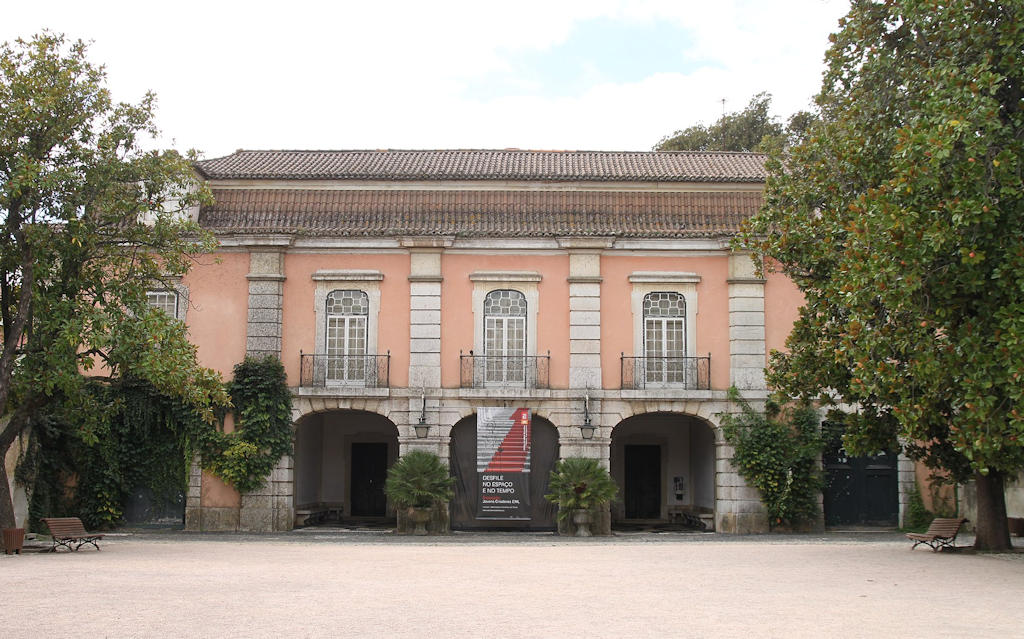The museum's collections include national and international civilian costumes for women, men, and children, as well as accessories, fabric fragments, and textile production tools and equipment. The initial pieces in the collection were donated by private individuals in 1974. The public collection integrated into the museum's holdings came from the National Coach Museum, which had been collecting a significant collection of costumes from the royal household since 1904.
Lisbon.vip Recommends
- 18th Century Costume (1700-1789): This period featured Baroque and Rococo styles, saw women wearing sumptuous attire with lace and bows, while men wore coats, waistcoats, and breeches, often richly embroidered.
- Empire Costume (1796-1820): The French Revolution influenced women's fashion, with dresses featuring high waists, straight lines, and short balloon sleeves. Men's fashion saw the introduction of trousers, which became a symbol of revolution.
- Romantic Costume (1825-1865): The industrialization of the 19th century brought technological progress to the fashion industry. Women's fashion featured crinolines, corsets, and fabrics like silk and cotton muslin with floral patterns. Men's fashion remained similar to previous decades, with black or sober-colored coats, wide trousers, and top hats for formal occasions.
- Belle Époque Costume (1870-1914): Women wore two-piece dresses with corsets and voluminous skirts supported by a tournure. The use of decorative elements such as ribbons, fringes, and bows was common. Men continued to wear frock coats and tailcoats for formal events and short coats with vests and trousers for everyday wear.
- 20th Century Costume (1910-2000): The 20th century brought significant changes in fashion due to social transformations and events like World War II. Women's fashion reflected functionality and liberation from corsets, with tailored suits becoming popular. Men's fashion featured tailored coats, trousers, and the emergence of the tuxedo as semi-formal attire.
The Costume Museum provides a comprehensive overview of Portuguese and international fashion throughout history, showcasing the evolution of styles, materials, and techniques.
Map View



